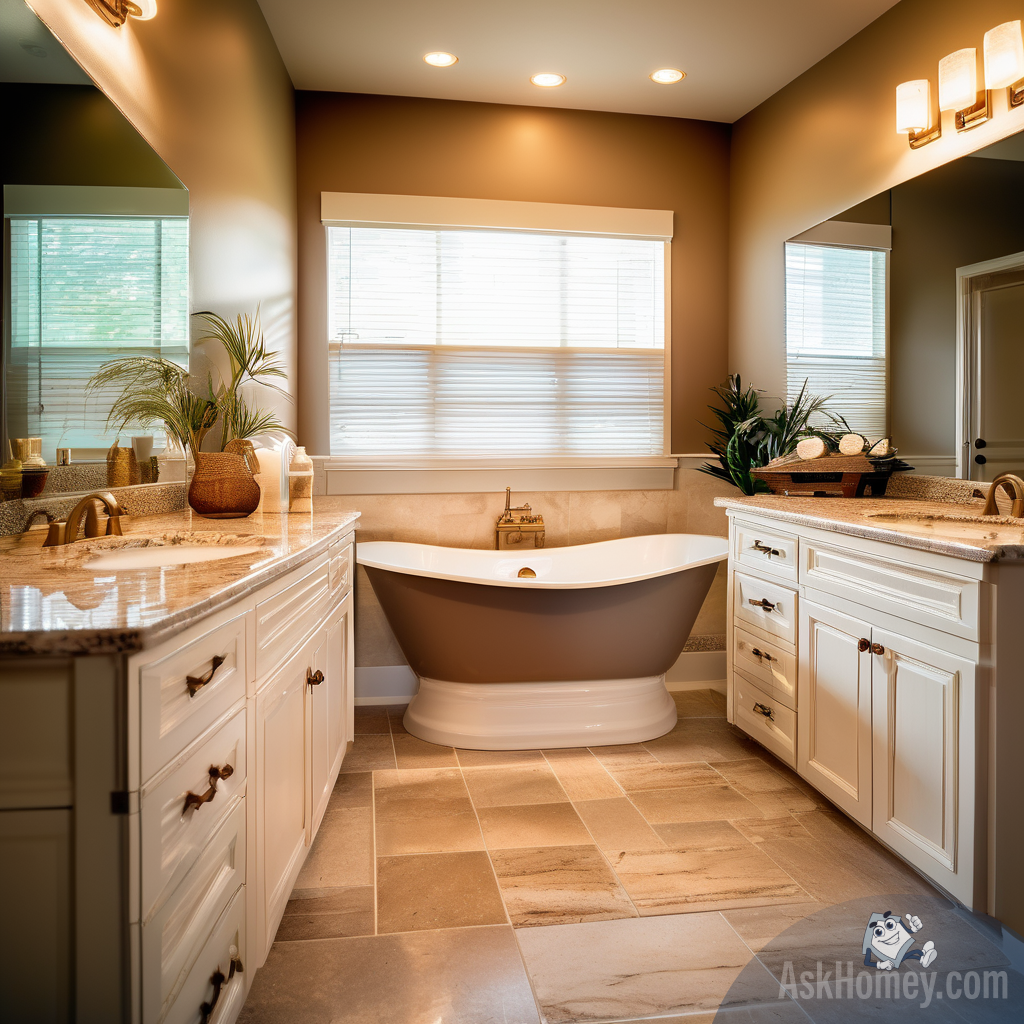As our planet continues to warm and weather patterns become increasingly unpredictable, the building industry is undergoing a fundamental transformation in how homes and structures are designed and constructed. Climate change is forcing architects, engineers, and builders to reimagine residential and commercial buildings to withstand new environmental challenges. This article explores how the construction industry is responding to climate threats through innovative approaches to building design, material selection, and resilience strategies that protect both structures and their occupants from extreme weather events and changing climate conditions.
The New Climate Reality for Buildings
The once predictable patterns that guided building design for generations have given way to a new climate reality characterized by record-breaking temperatures, unprecedented flooding, and more intense storms. Traditional building codes based on historical weather data are rapidly becoming outdated as yesterday’s “500-year flood” becomes tomorrow’s regular occurrence. In response, forward-thinking design professionals are abandoning static approaches in favor of climate change resilient building design strategies that anticipate future conditions rather than merely reacting to past events.
Heat waves that once seemed anomalous are now extending for weeks, placing enormous strain on cooling systems and occupant health. Rising sea levels and intensified precipitation are threatening properties previously considered safe from flooding. Meanwhile, stronger winds and more frequent severe storms are testing the structural integrity of homes across diverse geographic regions. This convergence of climate threats has created urgency within the building industry to develop comprehensive approaches to resilience.
Designing for Extreme Heat Resilience
Perhaps no climate challenge is more widespread than rising temperatures. Heat resilient building materials have moved from specialized applications to mainstream consideration as designers work to create homes that remain comfortable without excessive energy consumption. Advanced insulation systems that once focused primarily on cold-weather performance now equally prioritize preventing heat infiltration. High-performance windows with specialized coatings reject solar heat while maintaining natural light levels, and cool roof technologies with high solar reflectance indices (SRI) dramatically reduce heat absorption compared to conventional roofing.
Beyond materials, architectural strategies are evolving to incorporate passive cooling principles that have proven effective for centuries in hot climates. Strategic orientation of buildings to minimize direct sun exposure during peak heat periods, incorporation of shading elements that block summer sun while allowing winter warmth, and design features that facilitate natural ventilation are becoming standard considerations. When connecting with professionals through platforms like AskHomey, homeowners can find architects and builders specifically versed in these heat-resilient design approaches that can reduce cooling costs while improving comfort during extreme temperature events.
Flood Resistant Home Construction Strategies
Water damage represents one of the most costly and challenging aspects of climate adaptation. Flood resistant home construction has evolved substantially, with approaches ranging from elevation of structures above projected flood levels to the use of water-resistant materials that can withstand temporary inundation without permanent damage. Critical systems including electrical, mechanical, and plumbing components are increasingly being relocated to higher levels within buildings, while backflow prevention devices protect against municipal sewer system overflows during heavy precipitation.
In coastal regions and floodplains, architects are designing homes with sacrificial ground floors that can be safely flooded with minimal damage or creating amphibious structures capable of rising with floodwaters. Permeable paving systems around homes allow water to be absorbed rather than directed toward foundations, while robust waterproofing and drainage systems channel water away from vulnerable building elements. These integrated approaches recognize that water management must be considered comprehensively rather than through isolated interventions.
Building for Wind and Storm Resilience
As hurricane and storm patterns intensify, structural systems must evolve to resist higher wind loads and projectile impacts. Reinforced connections between foundations, walls, and roofs create continuous load paths that distribute forces throughout the building rather than allowing failure at vulnerable points. Impact-resistant windows and doors prevent breaches that can lead to catastrophic pressure differentials during storms.
These approaches to adapting homes for extreme weather events are particularly critical in coastal and tornado-prone regions where wind forces can cause complete structural failure. Advanced framing techniques, hurricane strapping, and engineered wind-resistant roofing systems have moved from exceptional to essential in many regions. The goal is creating buildings that maintain their structural integrity even when exposed to forces that would have devastated conventional structures built to earlier standards.
Integrated Approaches to Sustainable and Resilient Homes
The most effective climate adaptation strategies recognize that resilience and sustainability are complementary rather than competing priorities. Sustainable and resilient homes incorporate renewable energy systems with battery storage that maintain functionality during grid disruptions. Water conservation features reduce dependence on municipal systems during droughts while also minimizing stormwater runoff during heavy precipitation. High-efficiency building envelopes simultaneously reduce energy consumption and provide superior protection against thermal extremes.
This integration reflects a holistic understanding that buildings must not only withstand climate impacts but also minimize their contribution to climate change. By reducing operational carbon emissions through efficient design while incorporating resilient features, today’s most advanced buildings represent comprehensive responses to our changing climate reality. They demonstrate that adaptation and mitigation can be pursued simultaneously through thoughtful design approaches.
For more tips and to connect with reliable home service professionals, follow AskHomey on Facebook and Instagram.



